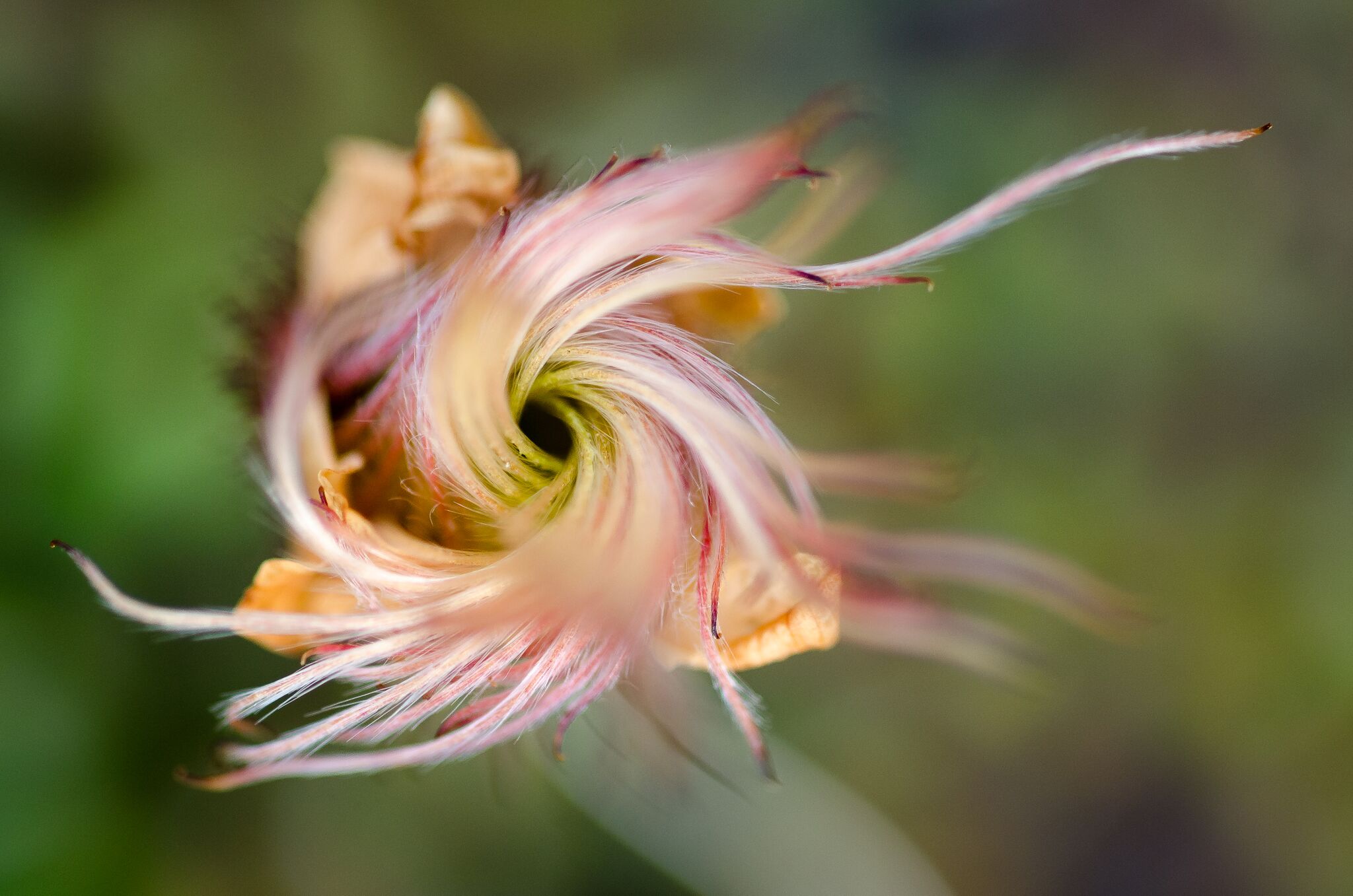About
The Tundra Trait Team
The Tundra Trait Team is an inclusive group of tundra ecologists involved in ongoing efforts to understand patterns of functional trait variation across scales, identify changes in functional traits in response to climate warming, and better understand the consequences of these changes for tundra ecosystem functioning.
The TTT was founded by Anne Bjorkman and Isla Myers-Smith in association with members of the sTundra working group (German Centre for Integrative Biodiversity Research; iDiv) in an effort to increase the depth and breadth of trait data available for tundra plant species. The only requirement for membership of the TTT is the contribution of trait data; all are welcome to join. The Tundra Trait Team collaborates with the TRY plant trait database.
For more information contact: Anne Bjorkman or Isla Myers-Smith
Version 1 of the Tundra Trait Team database contains nearly 92,000 trait observations on nearly 978 species. The map above indicates all unique TTT locations.
Description
Motivation: The Tundra Trait Team (TTT) database includes field-based measurements of key traits related to plant form and function at multiple sites across the tundra biome. This dataset can be used to address theoretical questions about plant strategy and trade-offs, trait-environment relationships and environmental filtering, and trait variation across spatial scales, to validate satellite data, and to inform earth system model parameters.
Main types of variable contained: The database contains nearly 92,000 measurements of 18 plant traits. The most frequently measured traits (>1,000 observations each) include plant height, leaf area, specific leaf area, leaf fresh and dry mass, leaf dry matter content, leaf nitrogen content, leaf carbon content, leaf phosphorus content, seed mass, and stem specific density.
Spatial location and grain: Measurements were collected in tundra habitats in both the northern and southern hemispheres, including Arctic sites in Alaska, Canada, Greenland, Fennoscandia, and Siberia, alpine sites in the European Alps, Colorado Rockies, Caucasus, Ural Mountains, Pyrenees, Australian Alps, and Central Otago Mountains (New Zealand), and the sub-antarctic Marion Island. More than 99% of observations are georeferenced.
Time period and grain: All data were collected between 1964 and 2018. A small number of sites have repeated trait measurements at two or more time periods.
Major taxa and level of measurement: Trait measurements were made on 978 terrestrial vascular plant species growing in tundra habitats. Most observations are on individuals (86%), while the remainder represent plot or site means or maximums per species.
Data use guidelines
Data are publicly available using a Creative Commons Attribution 4.0 International copyright (CC BY 4.0). Data are fully public but should be appropriately referenced by citing the data paper [http://doi.org/10.1111/geb.12821]. Although not mandatory, we additionally suggest that data users contact and collaborate with data contributors (names provided in the “DataContributor” column, contact information available through the TTT website: https://tundratraitteam.github.io/) whose datasets have contributed a substantial proportion (e.g., 5% or greater) of trait observations used in a particular paper or analysis.
Data availability & access
The TTT database will be maintained at this GitHub repository (https://github.com/TundraTraitTeam) an archived 2018 version is also available in the following repo (https://github.com/ShrubHub/TraitHub). Trait data collection is ongoing; thus, we periodically release updated versions of the database. A new version number will be assigned every time there is a database update, and old database versions will be archived for reference. A static version of the cleaned database (v 1.0) will also be available at the Polar Data Catalogue (www.polardata.ca; CCI # 12949) and additionally submitted to the TRY plant trait database (www.try-db.org) for inclusion in the next TRY version release. Data retrieved through TRY are fully public but are subject to the usage guidelines outlined in TRY.
Citations
When using TTT data please cite the following data paper as the original source:
Bjorkman AD, IH Myers-Smith, SC Elmendorf, S Normand, HJD Thomas, et al. 2018. Tundra Trait Team: A database of plant traits spanning the tundra biome. Global Ecology and Biogeography. doi: http://doi.org/10.1111/geb.12821
Primary research papers that use these data:
Bjorkman AD, IH Myers-Smith, SC Elmendorf, S Normand, N Rüger, et al. 2018. Changes in plant functional traits across a warming tundra biome. Nature. doi: http://doi.org/10.1038/s41586-018-0563-7
Thomas HJD, IH Myers-Smith, Bjorkman AD, SC Elmendorf, D Blok, et al. 2018. Traditional plant functional groups explain variation in economic but not size-related traits across the tundra biome. Global Ecology and Biogeography. doi: http://doi.org/10.1111/geb.12783
Thomas HJD, AD Bjorkman, IH Myers-Smith, SC Elmendorf, J Kattge, et al. 2020. Global plant trait relationships extend to the climatic extremes of the tundra biome. Nature Communications. doi: https://doi.org/10.1038/s41467-020-15014-4
TTT Contact Information
The TTT database includes the name of the data contributor for every trait observation. If your analyses rely heavily on a data contributor’s data, we recommend you get in touch with them (contact information below). We believe that collaborating with the original data contributors is beneficial to both data users and contributors, first because it recognizes the hard work that has gone into the collection of these data, and secondly because it can be helpful to data users to have input from someone who knows the sites and species so well.
Acknowledgements
This dataset is an outcome of the sTundra working group supported by sDiv, the Synthesis Centre of the German Centre for Integrative Biodiversity Research (iDiv). We acknowledge the contributions many field assistants to trait data collection, and thank the governments, parks, field stations, and local and indigenous people for the opportunity to conduct research on their land.

The seeds of the mountain avens (Dryas integrifolia) twist as they develop. Once ripe, they stand upright and feather outward to be carried away by the wind, dispersing to new environments across the tundra landscape.
Photo credit: Anne D. Bjorkman